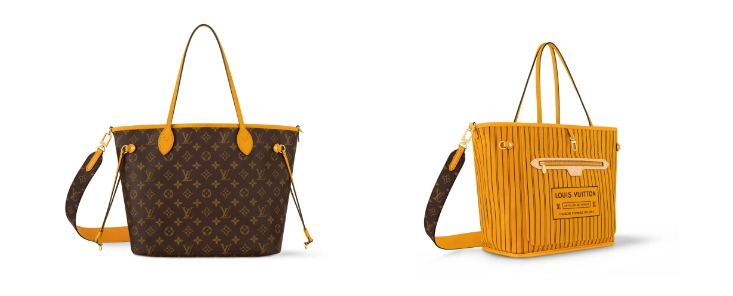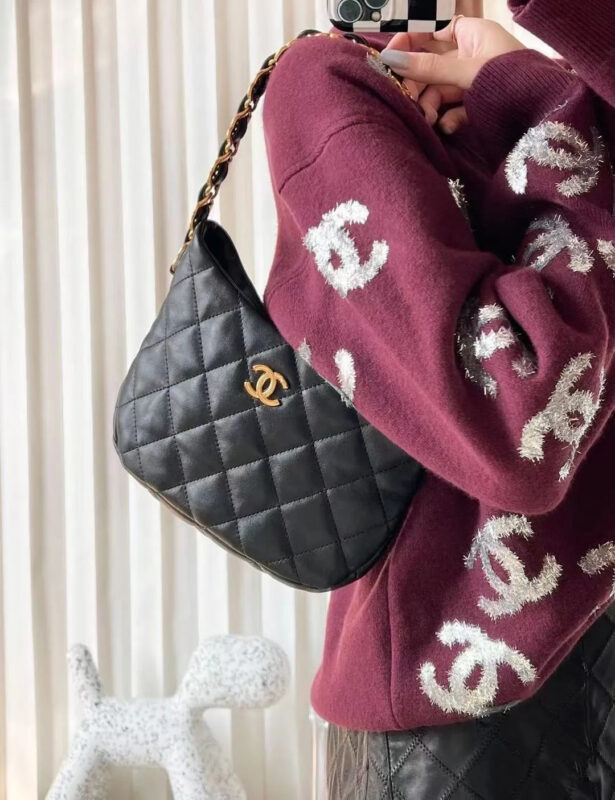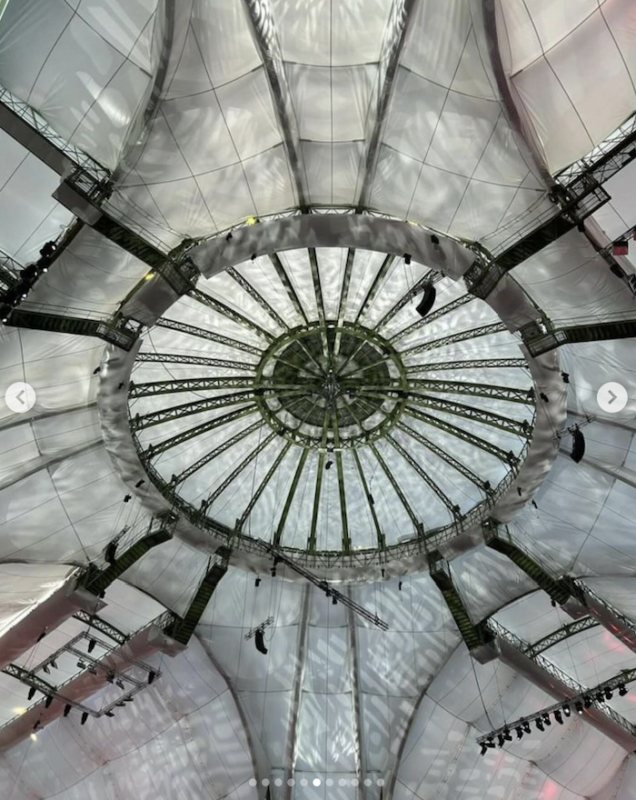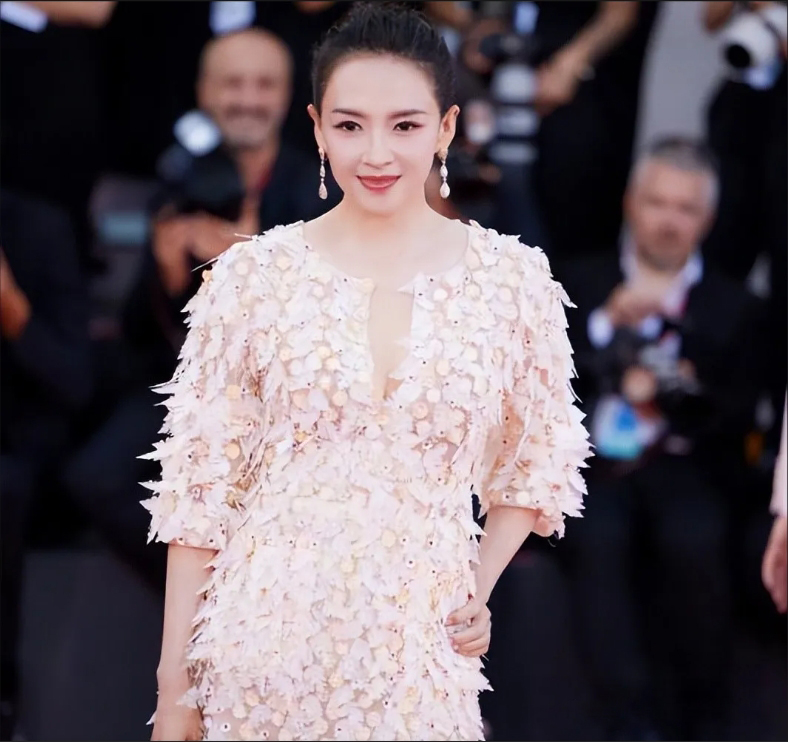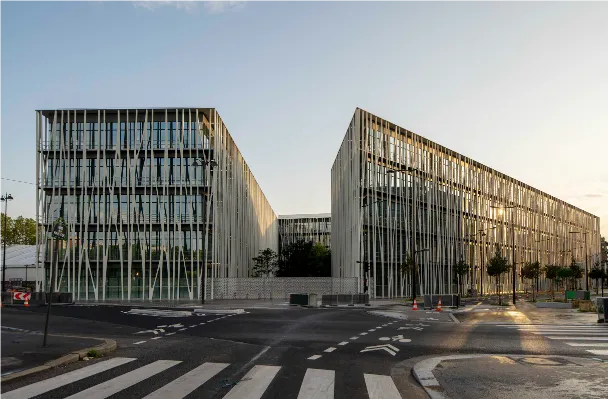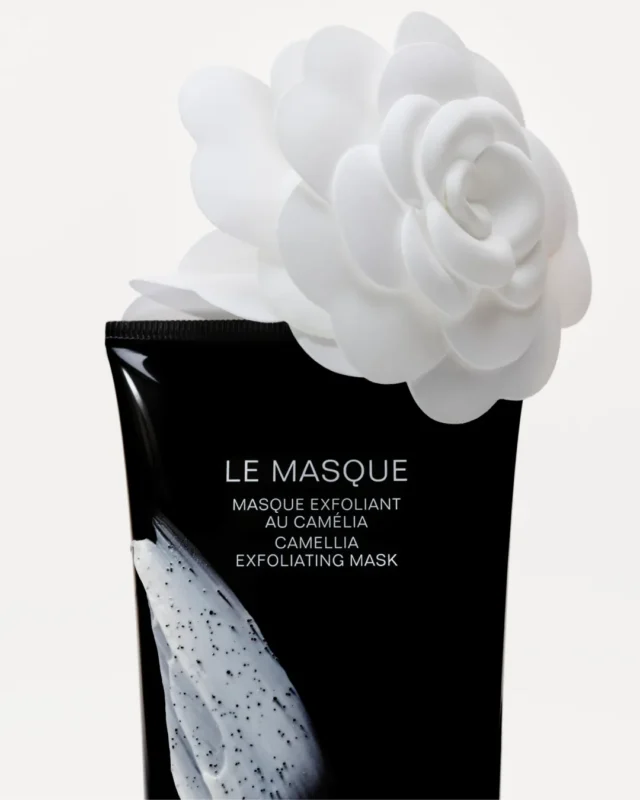The emphasis of luxury brands on commercial value has spread from financial reports to platforms.
The 2024 Milan Fashion Week officially came to an end recently, and this stage, which brings together design stars and veterans, as well as brands in their heyday and transition period, has attracted much attention in the past week.
The seven day schedule includes not only Adrian Appiolaza, the new creative director who took over less than a month ago, for Moschino, and Matteo Tamburini for Tod’s debut, but also Gucci, Bottega Veneta, Ferragamo, and Bally, who are still in the transitional period of changing creative directors, as well as Marni, who celebrates her 30th anniversary, and Prada, who has topped Lyst’s global most popular brand list three times in over a year.
However, the imagined collision of creativity and visual feast has not yet arrived. Although the models are dressed in the latest seasonal works of various brands and walking in different sets of shows, some industry insiders have bluntly said, “All fashion shows look the same.”
This kind of voice becomes even stronger in the latter half of fashion week. The eye-catching and distinctive Italian style aesthetics of the past no longer exist, and the diverse styles in previous fashion shows have been replaced by an emphasis on practicality.
Fashion Week seems to have transformed into a large-scale essay, with minimalism marked by extreme cutting and luxurious fabrics becoming the standard answer given by Italian luxury brands.
Gucci, who is in a transitional period, is a typical example of this trend.
In the second women’s clothing collection brought to Gucci, creative director Sabato De Sarno continued his review of Gucci’s classic heritage during his debut. He has devoted more than 20 years of experience in tailoring and craftsmanship in the fashion industry, enabling him to present outstanding and error free works to the audience.
The opening style of the black short suit coat paired with knee high boots laid the foundation for the minimalist and modern style of the entire show. The collection features elements such as sequins, lace, velvet, and sheer to depict the sexy Gucci image, paying tribute to the brand’s golden age. The bold logo print is replaced by low-key leather embossing to maintain simplicity and unity in color.
Despite shouldering the heavy responsibility of driving Gucci’s comeback, Sabato De Sarno seems not in a hurry to prove anything in his second appearance.
Faced with market criticism that his works are too stable, Sabato De Sarno responded to the media before the show, “I don’t care if my clothes are considered commercial, my goal is to see people on the street wearing my clothes.”
This idea is clearly different from the logic behind former creative director Alessandro Michele’s use of allusions, myths, and fables to construct Gucci’s aesthetic world. Even before this, there were few creative leaders of luxury brands who could face commercialization so seriously and be frank about their ambitions in performance. The different identities often made them more concerned about creative expression.
In the inherent impression, the fashion collections of luxury brands are mostly filled with slightly obscure sources of inspiration. As one of the most important conceptual presentation methods of works, the styling on the runway is either bold and avant-garde or flashy, becoming what ordinary consumers call “incomprehensible fashion”, let alone dress and go out.
The difference between showy and selling styles also stems from this. Before entering the market, the former usually requires partial improvements to ensure the continuation of the core style of the series while enhancing the commercial value of the product, but now Sabato De Sarno’s creation greatly blurs the boundary between the two.
Following the design language of dialogue with reality, this skilled design veteran chose the latter between style and craftsmanship.
And in the past week, not only Gucci has done this.
Maximilian Davis, the creative director who took office in 2022, brought Ferragamo back to the style of storytelling from the 1920s this season. Although he is not yet 30 years old, Maximilian Davis, like Sabato De Sarno, is known as a pragmatist.
Compared to the eye-catching design, what is more impressive this season is the craftsmanship of Ferragamo. The evening dresses and handbags in the series are hand sewn with circular leather pieces, creating the same visual effect as the enlarged sequins, which proves Maximilian Davis’s proficiency in using materials.
This innovative development of fabric materials was originally the specialty of Matthieu Blazy, creative director of Bottega Veneta.
In his fifth collection for Bottega Veneta, cutting and fabric remain the only themes.
From post show notes and interviews, Matthieu Blazy’s focus this season is on the resilience brought by the fundamental essence of life, extracting inspiration from everyday scenes and creating fashion that can be placed in ordinary life. For this reason, he removed the intricate embroidery or decorations from the previous season and replaced them with the details woven into each fabric to return to the very essence of the clothing.
Since Matthieu Blazy took over, Bottega Veneta’s design style has returned to maturity and understated, highlighting craftsmanship and luxury. His works require the audience to patiently and quietly watch, filled with rich details and texture levels that require close viewing, such as the leather jeans and shirts that were hotly discussed in the first two seasons, and shoes that appear to be sleeping socks but are actually made of leather weaving.
Although Gucci, Ferragamo, and Bottega Veneta have different backgrounds in specific design and brand heritage, from this season’s runway show, most of the three today convey a design language that emphasizes craftsmanship over style, and a brand positioning that pleases conservative consumers.
They converge on bold expressions of silhouette and color, and instead focus on the ultimate craftsmanship hidden in details, seeking recognition from specific consumer groups.
This part is due to the fact that at the beginning of their establishment, all three focused on leather goods rather than ready to wear clothing, which led to a unique style gene compared to fashion houses such as Chanel or Dior. Gucci, Ferragamo, and Bottega Veneta are more deeply involved in craftsmanship, especially in the innovation and application of leather materials, and lack core styles that can be continuously extracted by ready to wear design. Tod’s and Bally also fit this phenomenon.
But this reason cannot fully explain the creative restraint of these brands. Because in the leather goods category they excel in, most brands have not yet produced a handbag or shoe that can attract market attention.
These three tacitly trace back to classic design and implement the essence of craftsmanship, which is a safety card played during the market contraction period.
Gucci, Ferragamo, and Bottega Veneta are currently in a brand transition period of less than three years after replacing their creative directors. The already unstable foundation, coupled with the unfavorable conditions of overall industry growth slowdown, carries significant performance pressure.
Among them, Gucci, which accounts for up to 50% of revenue in Kaiyun Group, is facing the most severe situation. In the past year, Gucci’s sales have fallen by 6% to 9.873 billion euros, causing Kaiyun Group’s overall revenue to drop by 4% last year to 19.6 billion euros, and its brand Bottega Veneta seems to have fallen into a low demand situation, recording a 5% revenue decline last year.
Riding against the current is not easy, and Gucci will continue to face pressure. Therefore, Fran ç ois Henri Pinault, CEO of Kaiyun Group, emphasized at the beginning of a recent financial report meeting that getting Gucci back on track is the top priority before everything else.
It is reported that Gucci is establishing a new operational model to enhance exclusivity in product, wholesale, and customer interaction, increase brand attention and quality, and reshape itself into a more stable, reliable, and less susceptible to fashion cycle changes.
With the increasing uncertainty of the economic environment and the overall weakening of consumer confidence, the affluent population with better risk resistance has become a new target of Kaiyun Group. It is even more important for Gucci to grasp the high net worth customers who contribute the most to luxury consumption.
It is not difficult to understand why Gucci embraced the classic style with Alessandro Michele’s distinctive and quirky design, turning 180 degrees.
In the context of the overall sluggish performance of the luxury goods industry, creative directors need to dance with caution while wearing shackles. Compared to creative jumping, emphasizing craftsmanship and practicality in design is a conservative approach that can gain more market support.
But the problem is that when everyone designs with the same logic, homogenization inevitably occurs.
In the Milan Fashion Week summary written by fashion critic Vanessa Friedman for The New York Times, there is a theory that when life becomes complex, fashion should become simple, but it should not be easily forgotten.
As the design of the runway loses its unique brand style and is solely guided by commercial value, what reason is there to be remembered by the already limited attention of the audience.
Moreover, what Gucci needs is revival. A conservative and market trend oriented approach may help Gucci maintain its current scale in competition, but in a fiercely competitive market, the rule of either advancing or retreating will always apply.
Another senior fashion commentator, Cathy Horyn, commented that Sabato De Sarno’s new works have “not made much progress” compared to her debut, and believes that although these outfits are beautifully crafted, they are not eye-catching and difficult to inspire viewers to think about new ways of dressing.
This is coincident with the author Tang Shuang’s comment that Sabato De Sarno is an executive rather than a leader in the WeChat official account LADYAMX “Can the Myth of Gucci Be Reproduced?”.
But what Kaiyun Group needs Gucci to do is not to satisfy consumer desires, but to create consumer desires. Conservative creative strategies are obviously difficult to achieve this goal.
In addition, Gucci also needs to consider that for consumers who are accustomed to seeking excitement on social media, exquisite craftsmanship is often difficult to convey to the audience on the other end of the screen through their phones. Weakening fashion style to some extent is equivalent to giving away the spotlight, such as Prada, who has sparked heated discussions on social media.
In the presentation of Prada’s 2024 autumn/winter collection, perspective has become the focus of attention.
If viewed from the front alone, a fitted suit or knee length skirt made of dark wool is just a replica of Prada’s classic style. But if you turn the camera to the back of the design, you will realize that the seemingly serious back of the suit jacket and skirt is hollowed out, and the silk lining is exposed. This vivid and layered contradiction is a reflection of Prada’s aesthetics.
However, despite the overall positive reviews of the series, the design of several baseball jerseys still surprises many critics. Industry insiders believe that this may also be the design introduced by Prada to balance the practicality of the collection.
In the past, it was regrettable that the fashion show that best represented the brand’s unique concept could not be seen and remembered by more people in the market. However, today’s brands actively transfer the creative power that fashion shows can carry to the commercial value of the product.
The transformation behind this is not only due to the industry’s consideration of pragmatism, but may also be influenced by the fashion show itself evolving from a trendsetter center to a large-scale marketing event.
The brand gets traffic from the stars in the first row of the show to create a luxury experience for VICs and fashion editors. In a series of links, fashion becomes a supporting role.
Compared to fashion show communication aimed at the general public, luxury experience is a more concrete direct connection between customers and brands. Under the rendering of a rich event experience, brand customers are more likely to make purchasing decisions and directly convert them into business.
Essentially, everything is a means for luxury brands to weaken the redundant dream making processes conveyed through creativity, lower the threshold for aesthetic understanding, and accelerate the efficiency of business operations. But creativity and business cannot coexist, and Prada’s market performance against the trend is enough to overturn the management’s stereotype that they cannot coexist.
To put it another way, emphasizing practicality on runway runway runway does not necessarily equate to the success of brand commercialization.
For large commercial machines that can easily reach billions of euros in scale, creativity is only one factor that affects the output results, and the final results will still be influenced by pricing and product strategies, marketing and retail, and other aspects.
Excessive avant-garde design may make consumers hesitant to wear, but overly conservative creativity can also lead to consumers not wanting to wear it. Between the two, luxury brands need to find the key to arousing consumer desire.


